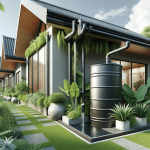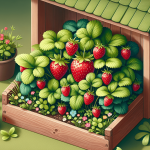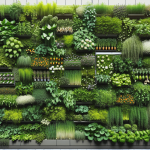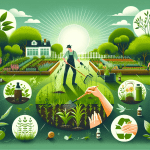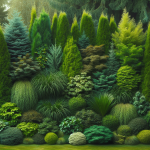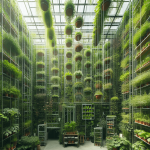This post may contain affiliate links. As an Amazon Associate, we may earn commissions from qualifying purchases.
Have you ever gazed at a garden and wondered how it manages to be both a sight for sore eyes and a utilitarian marvel? Creating such a delightful space isn’t as complex as you might think. It’s about balancing aesthetics with practicality, ensuring your garden is not only lovely to look at but also caters to your specific needs. Imagine a sanctuary that offers you peace, pleasure, and perhaps a dash of productivity. That’s precisely what we’re aiming for!
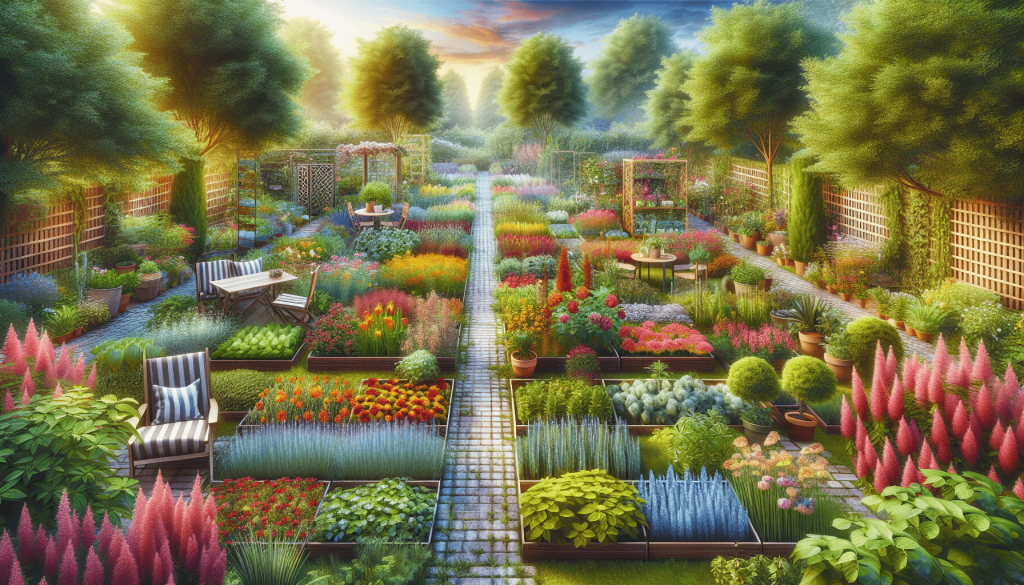
Understanding Your Garden Space
Before you begin dreaming of tulips and tomatoes, it’s essential to understand the space you’re working with. Each garden is unique, and recognizing your garden’s specific characteristics can set you on the right path. It’s like meeting someone new—before planning an extravagant dinner based on your assumptions of their personality, you’d probably like to know if they’re allergic to nuts or perhaps hate the violin.
Assessing the Size and Shape
Knowing the size and shape of your garden helps in planning the layout and design. A tape measure can be your best friend here. Small gardens require different considerations than sprawling spaces; they demand innovative solutions to maximize both beauty and function.
Evaluating the Soil
Once you’ve got the lay of the land, it’s time to dig deeper—literally! The soil in your garden can greatly affect what you can grow. Conducting a soil test will reveal its pH balance and nutrient content, setting the stage for your floral masterpiece or abundant vegetable patch.
Observing Sunlight and Shade Patterns
Timing matters. Spend a sunny day observing how light and shadow play across your garden. This will inform where you plant sun-loving roses or shady hostas, ensuring each plant gets its needed share of sunshine or shade.
Designing Your Dream Garden
With a clear understanding of your garden’s personality, it’s time to sketch out your design. Consider it the fun part, akin to choosing paint colors and furniture for a new room. Here, you’ll combine aesthetic desires with functional needs.
Choosing a Garden Style
Perhaps you fancy the structured elegance of a formal garden, or maybe the wild, carefree allure of a cottage garden speaks to you more. Selecting a garden style provides a framework for making decisions about plants, layout, and decorations.
Balancing Beauty and Function
This is where the magic happens. The key is mixing ornamental plants with those that serve a purpose, like edible herbs or pollinator-friendly blooms.
Example Balance Table
| Plant Type | Examples | Purpose |
|---|---|---|
| Ornamental | Roses, tulips, petunias | Aesthetic beauty |
| Edible | Tomatoes, basil, strawberries | Food production |
| Pollinator-friendly | Lavender, sunflowers, coneflowers | Attracting bees and butterflies |
Creating Flow with Pathways
Pathways do more than guide your steps; they provide structure and guide the eye. Winding paths suggest mystery and surprise, while straight paths often imply formality and order. Materials like gravel, stone, or wood can complement the overall design aesthetic.
Building Functional Zones
A great garden serves multiple purposes, much like how a savvy host at a party knows how to keep guests entertained, fed, and comfortable all at once.
Outdoor Living Space
Who doesn’t love an alfresco dining area or a cozy nook for curling up with a good book? Creating an outdoor living space not only enhances a garden’s functionality but also encourages you to enjoy it more often.
Vegetable and Herb Gardens
Even a small patch dedicated to edibles can provide fresh produce for your kitchen. Start with easy-grow picks, like salad greens or herbs, which can be both rewarding and forgiving.
Wildlife-Friendly Areas
Consider adding elements like birdbaths, bee hotels, or butterfly bushes. These enhance the ecological benefit of your garden, making it a haven for local wildlife.
Water Features for Ambiance
A small pond or fountain adds a soothing sound and can elevate the tranquil quality of your outdoor space. Water features can fit any budget, from extravagant waterfalls to simple birdbaths.
Choosing the Right Plants
Plants are the stars of this show, akin to bringing in the perfect cast for a movie. They bring color, life, and character to your garden.
Annuals vs. Perennials
Annuals are the one-season wonders of the plant world, offering vibrant colors but requiring replanting each year. Perennials are your stalwart performers, returning each year with minimal fuss.
Native Plants for Ease
Native plants often require less maintenance and provide better support for local wildlife. They’re like the hometown hero everyone loves—reliable and easy to root for.
Considering Plant Health
Choose plants that are naturally resistant to pests and diseases common in your area. Healthy plants grow better and require fewer interventions, making them a smart choice for a functional garden.
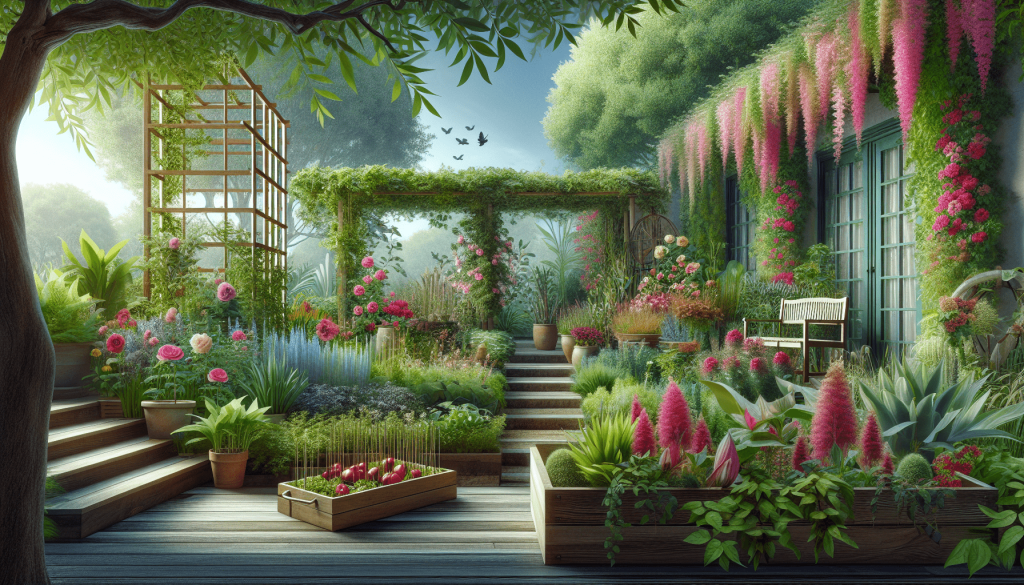
Garden Maintenance Tips
A beautiful garden is a well-maintained garden, and establishing a good routine can prevent your vibrant dream from turning into a weed-filled nightmare. It’s about showing your garden the love and attention it deserves, much like how you wouldn’t abandon a pet post-adoption.
Pruning and Deadheading
Regular pruning keeps plants healthy and encourages new growth. Deadheading, or removing faded flowers, can prolong the blooming period of many plants.
Watering Wisely
Established plants usually require less water. Consider the time of day—it’s best to water early in the morning to reduce evaporation.
Organic Pest and Weed Control
There are numerous eco-friendly options for pest control, from attracting beneficial bugs to using natural repellents. As for weeds, mulching can suppress their growth while also conserving soil moisture.
Savoring Your Creation
After all is said and done, remember the most important part: Enjoy your garden! It’s not just about the hours spent digging, planting, and pruning, but about finding joy in the fruits of your labor. Whether it’s sipping tea on your patio or sharing produce with neighbors, take a moment to appreciate the oasis you’ve created. It’s the little things—like the first bloom of spring or a ladybug hidden among the leaves—that truly make a garden a personal paradise.
In crafting your captivating green space, embrace experimentation and adaptability. You’ll find that creating a garden that is both beautiful and functional naturally fosters a sense of fulfillment and accomplishment. Now, isn’t that something worth putting on a pair of gardening gloves for?


